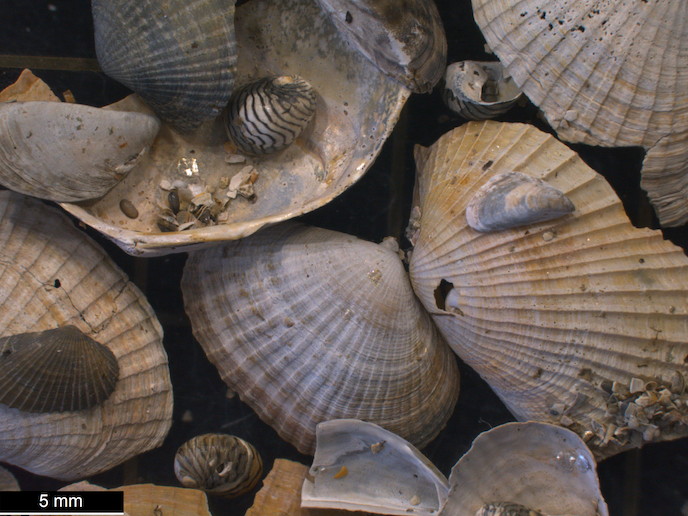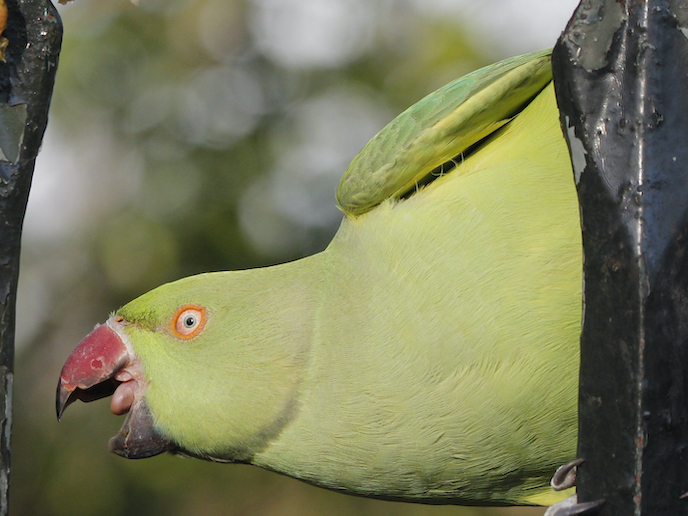How invasive species spread
American mink (Neovision vision) were used as a case study by the EU-funded DEPENSATION (Spatial population dynamics of invasive non-native species (re)invasions at low density) project to investigate concepts such as compensatory and depensatory processes. Other processes investigated include the dispersal of INNS from their site of birth to their site of reproduction and multi-species interactions, such as prey availability. Compensatory processes improve the suitability (fitness) of individuals at low population density when resources are abundant. Depensatory processes cause a decrease in fitness of individuals at low density. These concepts are used to determine the spread of INNS populations, but have been overlooked in applied management scenarios to date. The aim was to understand the link between the dispersal of American mink populations and the rate of recolonisation following culling, and the availability of different prey. This information was integrated into a range of demographic models based on presence/absence data, age structure, mating status and dispersal patterns. The models were used to test hypotheses regarding the roles of compensation and depensation in the dispersal of culled mink populations. Results showed that the mink disperse 50-60 km on average, demonstrating their ability to reinvade previously mink-free areas and the need for large-scale control. The information was used to predict mink settlement patterns and reinvasion and habitat suitability. The project was part of a conservation effort involving practitioners, ecologists and policymakers, who had removed invasive American mink from a large area of north-east Scotland. DEPENSATION used data from the original eradication programme to investigate the role of depensation, compensation and dispersal patterns in mink recolonisation. Work conducted by DEPENSATION also contributed the MINKAPP(opens in new window) project, a partnership involving ecologists, sociologists and computer scientists. Its objective was to understand and influence the behaviour of volunteers taking part in nature conservation work and using them to report invasive species. DEPENSATION provided a clearer understanding and improved management of the INNS threat and its results will have a direct impact on future applied research.







